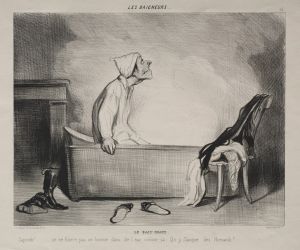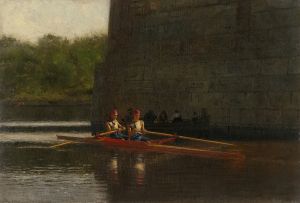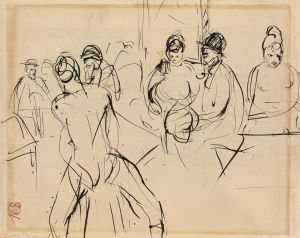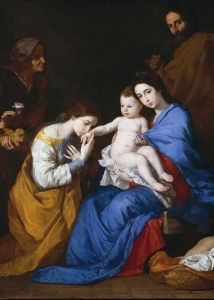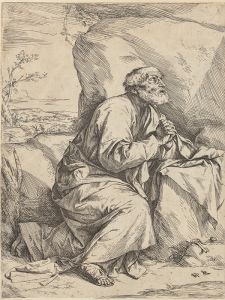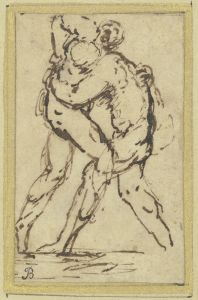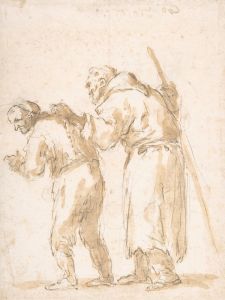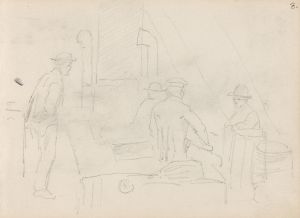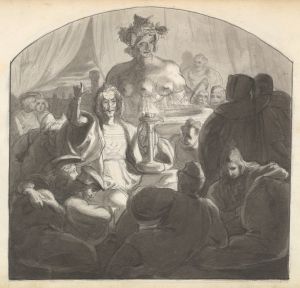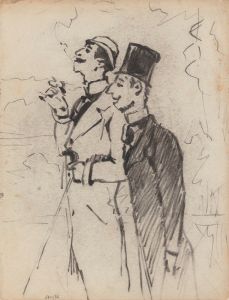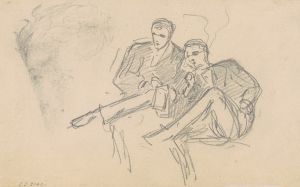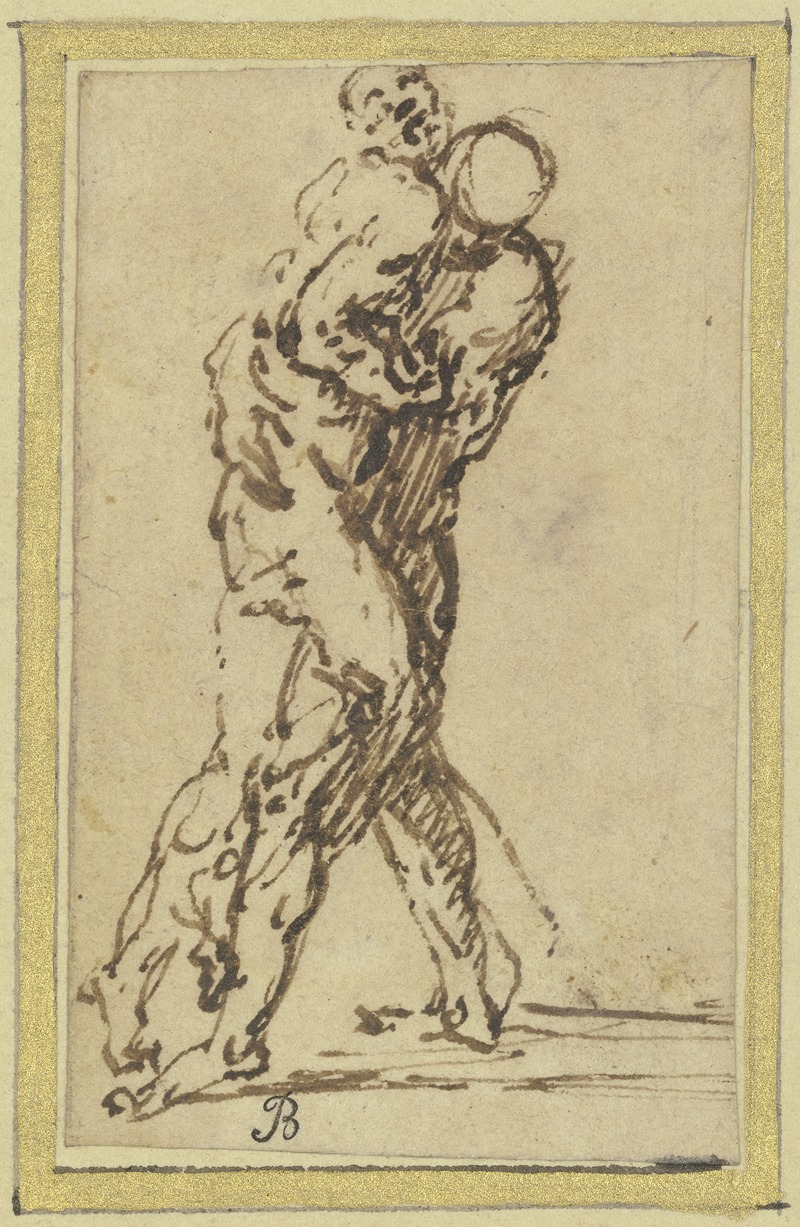
Studies of Wrestlers
A hand-painted replica of Jusepe de Ribera’s masterpiece Studies of Wrestlers, meticulously crafted by professional artists to capture the true essence of the original. Each piece is created with museum-quality canvas and rare mineral pigments, carefully painted by experienced artists with delicate brushstrokes and rich, layered colors to perfectly recreate the texture of the original artwork. Unlike machine-printed reproductions, this hand-painted version brings the painting to life, infused with the artist’s emotions and skill in every stroke. Whether for personal collection or home decoration, it instantly elevates the artistic atmosphere of any space.
"Studies of Wrestlers" is a drawing by the Spanish artist Jusepe de Ribera, who was an influential painter and printmaker of the Baroque period. Ribera, also known as "Lo Spagnoletto" due to his Spanish origins, spent much of his career in Italy, particularly in Naples, where he became a leading figure in the artistic community. His work is characterized by its dramatic intensity, realistic detail, and often, a focus on themes of human suffering and the grotesque.
The drawing "Studies of Wrestlers" is an example of Ribera's skill in capturing the human form and movement. Although the exact date of the drawing is not precisely known, it is believed to have been created during the 17th century, a period when Ribera was actively producing a variety of works, including paintings, etchings, and drawings. This particular piece showcases Ribera's interest in the human body and his ability to depict it with anatomical precision and dynamic energy.
The drawing features multiple studies of male figures engaged in wrestling, a subject that allowed Ribera to explore the tension and muscularity of the human body. The figures are rendered with a keen attention to detail, highlighting Ribera's mastery of chiaroscuro, the use of strong contrasts between light and dark to achieve a sense of volume and three-dimensionality. This technique was a hallmark of Baroque art and is evident in Ribera's ability to convey the physicality and movement of the wrestlers.
Ribera's choice of subject matter reflects the broader artistic trends of the Baroque period, which often emphasized dramatic compositions and intense emotional expressions. Wrestling, as a theme, provided an opportunity to depict physical struggle and exertion, aligning with the Baroque interest in dynamic and expressive forms. Additionally, the study of wrestlers may have been influenced by Ribera's exposure to classical antiquity and Renaissance art, where the human form was a central focus.
The drawing is also indicative of Ribera's broader oeuvre, which frequently included depictions of figures in states of physical and emotional extremity. While Ribera is perhaps best known for his religious and mythological paintings, his drawings, such as "Studies of Wrestlers," reveal his deep engagement with the human figure and his technical prowess as a draftsman.
Today, "Studies of Wrestlers" is appreciated not only for its artistic merit but also for its insight into Ribera's working process and his exploration of human anatomy and movement. The drawing is part of various collections and has been studied by art historians interested in Ribera's contribution to Baroque art and his influence on subsequent generations of artists.
Overall, "Studies of Wrestlers" exemplifies Jusepe de Ribera's skillful rendering of the human form and his ability to convey the drama and intensity of physical action, making it a significant work within his artistic legacy.





